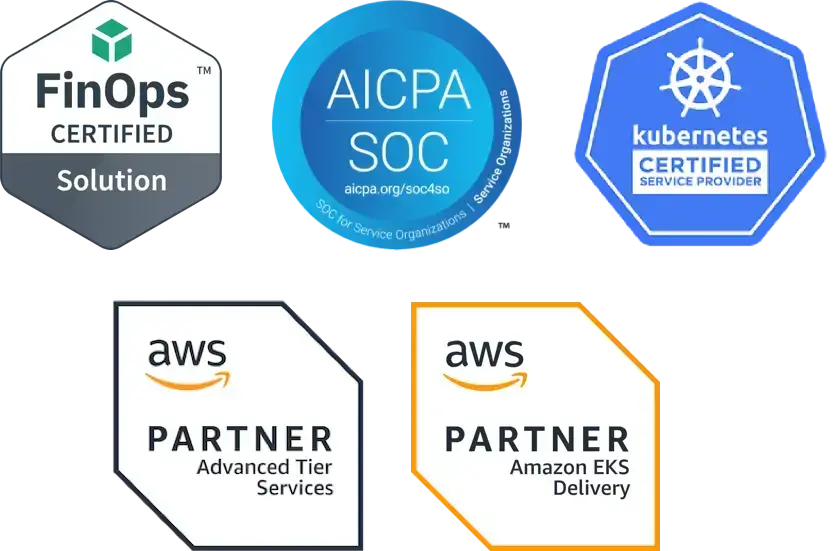When you reach this stage, you and your team will have the basics covered. One app or service now runs in production, external dependencies are plumbed in properly, traffic is being routed to Kubernetes via a load balancer, and logging and metrics are accessible. You’ll also have autoscaling in place.
This stage in the Kubernetes maturity model is for you to undertake everything from implementing the build and deployment process, setting up CI/CD, empowering developers and introducing some limited monitoring and observability.
You’ll want to get comfortable in this stage with all your Kubernetes fundamentals. This is important so you can build on a solid foundation. You are nearly over the learning curve hump.
- Managed Kubernetes
-
Use Cases
- AI-Ready Infrastructure Kubernetes optimized for AI and ML workloads.
- Architecture-as-a-Service Expert-designed Kubernetes architectures on demand.
- Chaos Days Test and improve resilience with controlled chaos.
- Supporting 3rd Party Apps Ensure stability for tools running on Kubernetes.
- Add-on Management Fairwinds handles your time-consuming K8s add-on upgrades.
- Software
- About
- Resources


